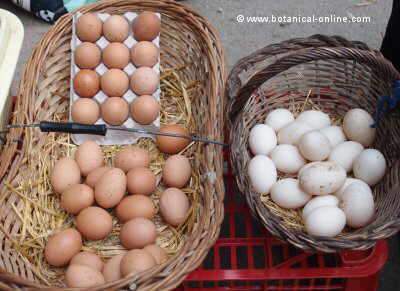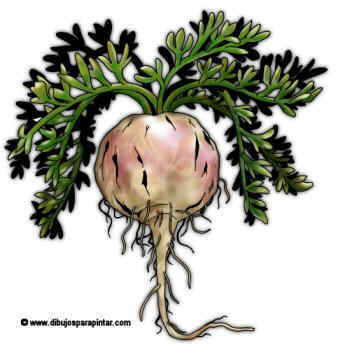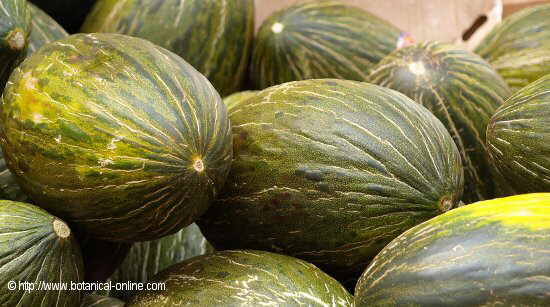Contents
Classes of eggs
DIFFERENT TYPES OF EGGS
How many types of eggs are there?
When we speak about eggs, we refer to hen eggs. Any egg coming from another species should be named with the species of animal to which it belongs:
- Ostrich eggs
- Emu eggs,
- Pheasant eggs
- Duck eggs
- Goose eggs
- Dove eggs
- Turkey eggs
- Hummingbirds eggs
- Quail eggs
- Etc.
Even when it comes to caviar, we are referring to highly prized fish eggs, not to birds eggs as above.
Classification of eggs
Depending on their size and weight, there also several types, such as small, medium, large or XL,…
How much does an avarage egg weigh?

Different type of eggs in an street market
Eggs weight can vary from about 40 gr to about 70 grams, but the average weight of an egg is usually about 58 grams.
Eggs by size
Depending on their weight, eggs are classified into the following categories:
- Supersize or XL: must weigh at least 75 g
- Large or L: with a weight between 65 and 75 g
- Medium or M: weighing between 55 and 65 g
- Small or S: must weigh at most 55 g
Eggs by quality
Depending on the quality of eggs, they are classified as:
- A Category: These are the best quality. The shell has no spots or other anomalies. When candles, you see the egg yolk. By cracking the egg and leaving it the inside of dish, egg yolk stays in the center surrounded by the egg white.
- B Category: They are of inferior quality but are fit for consumption. Among the defects which are present.we can mentio shell possible staining, reduced flavor, color inferior etc.
- C Category: Not suitable for direct consumption and should be used for ovo-production.
All this information is recorded and included in the product packaging.
Eggs by the way hens are fed and exploited
There are other numbers that tell us about the animal’s offspring:
- ” 0″ which means organic production
- “1 “ for production in open farms
- “2” for industrial buildings closed
- “3 “ for hens in cages
The following numbers identify the country, city,… where the egg has occurred so you can maintain proper traceability.
Fresh eggs and refrigerated eggs
Consumers can find fresh eggs, which are those without preservation system, that is to say, kept at room temperature. They have been cleaned and only respond to the A category regarding to their quality.
Instead, we can also find some that are kept refrigerated or in lower temperatures near freezing, which meet quality B.
Obviously, the lower the temperature remains the egg, the higher the storage period.
The eggs that match the category C are those which are defective and are used to make the egg or egg products. They are not found directly in the supermarket, just packaged as egg.
Eggs that have their organoleptic properties (taste, texture, smell, color, etc.) damaged or deteriorated can not be consumed.
*Related information:
![]() More information on eggs.
More information on eggs.








